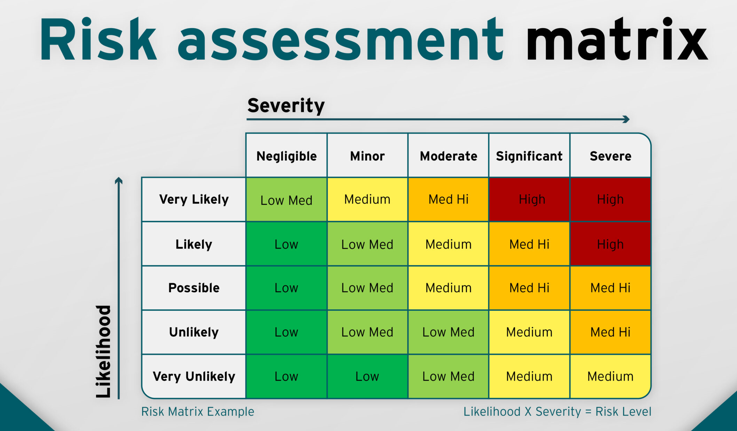Employers Responsibilities
Under the Management of Health and Safety at Work Regulations 1999 every employer is responsible for identifying both hazards (a potential danger in your workplace) such as chemicals or electricity and risks (the likelihood of the hazard causing real harm) and will have completed risk assessments.
The intention of a risk assessment is to eliminate risks by removing the hazard wherever possible. Where this is not feasible the risk will be reduced to the lowest level possible, using one or more of the following preventative measures:
- Substitution by a safer product or system
- Enclosure of the hazard
- Enclosure of the people
- Reduce exposure time
- Use of warning signs
- Adequate training
- Use of Personal Protective Equipment (PPE)
An example within pharmacy is the danger of directly handling certain medicines and the likelihood of them causing harm being identified as reasonably high if you were to come into contact with them. Therefore the risk assessment will need to detail appropriate safety measures. Examples of these include the use of appropriate PPE such as gloves, safety glasses or aprons when denaturing controlled drugs or dealing with patient returned medicines.
Individual factors will also need to be considered. If any pharmacy staff are allergic to a specific drug, such as penicillin, their activities may need to be restricted so they are not making up antibiotic suspensions or touching tablets.
Risk assessments will also need to be completed for young persons (those under 18), those expecting a baby or an individual with an illness/disability.
The findings from a risk assessment will then inform pharmacy Standard Operating Procedures (SOPs) to ensure that all procedures are carried out in the most safe and effective manner for both staff and customers.
Employers are also required to control any risks to health and safety by providing individuals with free personal protective or safety equipment and allowing them to voice any worries or stop work if they have any reasonable concerns about health and safety.

